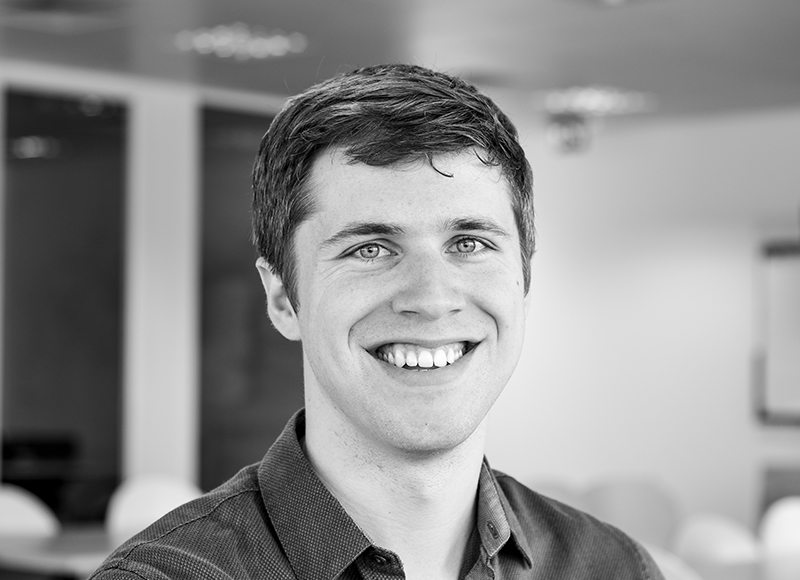Blog:
Innovation culture
I recently met a guy at a party who used to work for MI5. Not a Tom Cruise film, that is, though similar: the British internal security division. Spies! How exciting!... →
For general enquiries please contact us on
+44 1223 248888
enquiries2025@innoviatech.com
St Andrew's House, St Andrew's Road
Cambridge CB4 1DL United Kingdom
FIND US
A perspective on how creativity and innovation develops...
We all probably have our own ideas about what inspiration is: maybe an apple falling from a tree, a light bulb appearing above your head, or a gift from the gods (as the ancients believed). But how can you control a light bulb moment and make a career out of it? I’ve never really considered myself a creative type, like many people with a scientific background, so I didn’t know if a career in innovation was right for me. But as a wise woman once said: “You miss all the shots you don’t take”, so I thought I might as well give it a go and see what happens.
What followed was a flurry of new activities, ideas and experiences, but what sticks most in the memory is my first Innovia brainstorm. There I was, with my fellow Innovians, a stack of pink Post It notes, a Sharpie pen, and a mind full of ideas – or so I hoped. There was a short brief, and we were set free to unleash the mass of creativity stored in our heads. Everyone began scribbling down ideas in a gush of inspiration, solving the latest problems with strokes of genius. Or so it seemed to me, as I sat with an empty notepad thinking that I was in the wrong job and it was only a matter of time before everyone else realised the same (a classic case of Impostor Syndrome).
I’ve since learned that almost everyone feels like this at one time or another. Creativity is often a mixture of experience, a good associative memory, and a diverse range of new stimulus. Lacking experience, and being a bit intimidated, I suffered a case of innovator’s block. Over the last few months, I have come to realise how small a role the classic brainstorm plays in innovation. Rather, the processes of understanding the details of a problem and exploring ideas in depth lie at the heart of innovation. Many innovations occur when someone asks a new question, brings a fresh perspective, or operates under different constraints. It is only by investigating a problem in detail that you can truly understand the context and create an innovation that succeeds in the market.
Today, I was in another brainstorm, armed with a bit more experience and understanding. Rather than staring at a blank page, I was scribbling down ideas with the rest of the team. Most of them weren’t very good, either poorly defined or impractical, but that’s OK. With some combination and refinement, we will reach the seeds of some good ideas. Then the hard work begins: understanding the unique conditions that define the problem, refining our ideas as we uncover new insights, and developing our solutions until they are ready for market. More often great innovations are nurtured over time, rather than created in a moment of genius.

Before joining Innovia as a consultant, I spent an enjoyable 8 years in St Andrews studying Physics. This culminated in a PhD on Quantum Information, focusing on how to communicate securely using light. Since becoming an Innovian, I have enjoyed applying creativity to a diverse range of projects, including some that are outside my core discipline. At home, I am happiest when playing board games, watching TV or reading a good book. I am also looking forward to indulging two of my passions – travelling and hiking – while on holiday in the French Alps this summer.